The Yantras of Deities and Their Numerological Foundations
Hinduism is known for the bewildering profusion of its deities, who are represented not only in two or three dimensional anthropomorphic images, but also in abstract configurations, known as yantras. In yantras is, thus, seen almost a parallel with the surfeit of deities in Hindu tradition. Literally meaning an ‘instrument’, ‘apparatus’ or a ‘talisman’, yantra is a kind of mystical diagram used, in tantra, for both meditation and invoking a divinity, and is believed to possess/ arouse occult powers. Drawn only by the adept: the ones schooled in this arcane, highly intricate process, and energized by siddh mantras, these seemingly innocuous geometrical figures are employed for any number of reasons or desires: whether to attain wealth, ward off disease, beget a son, vanquish enemies, or even to cause somebody’s death. This book, the latest from Professor Bunce, highlights the essential import of these innocuous-looking, yet enigmatic, diagrams surfacing from the occult practices of the tantrics. The author, an internationally known scholar of Oriental Art, examines a range of tantric yantras, with their varieties, applications, modes of construction and, above all, their iconographic features. Also interwoven in his text are lucid descriptions of all else associated with a yantra, notably, its deity, its specific purpose, its predominant and secondary numbers, and its mantra. Carrying beautiful visual representations of over a hundred yantras, Professor Bunce’s study holds out enduring appeal to the readers concerned not only with the iconography of tantric yantras, but their mystifying under-pinnings as well.
Get it now and save 10%
BECOME A MEMBER

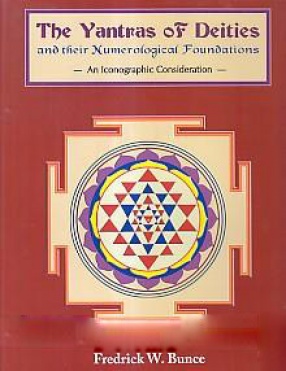
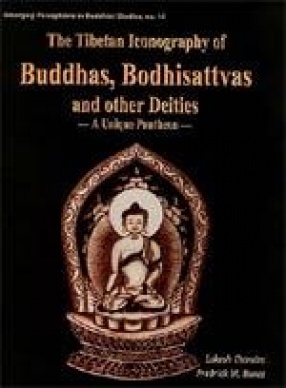
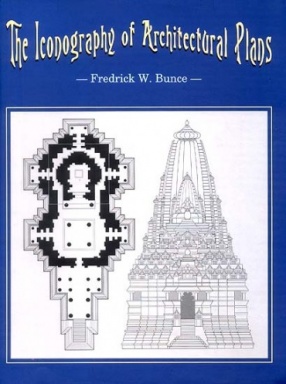
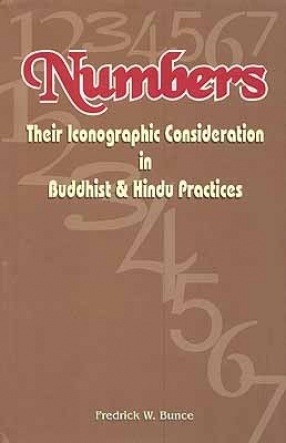

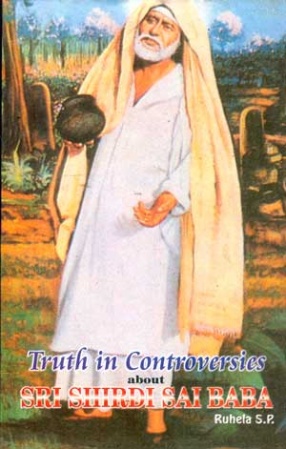


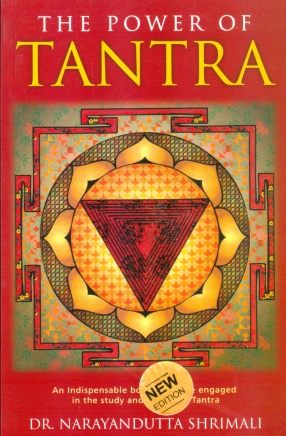

Bibliographic information